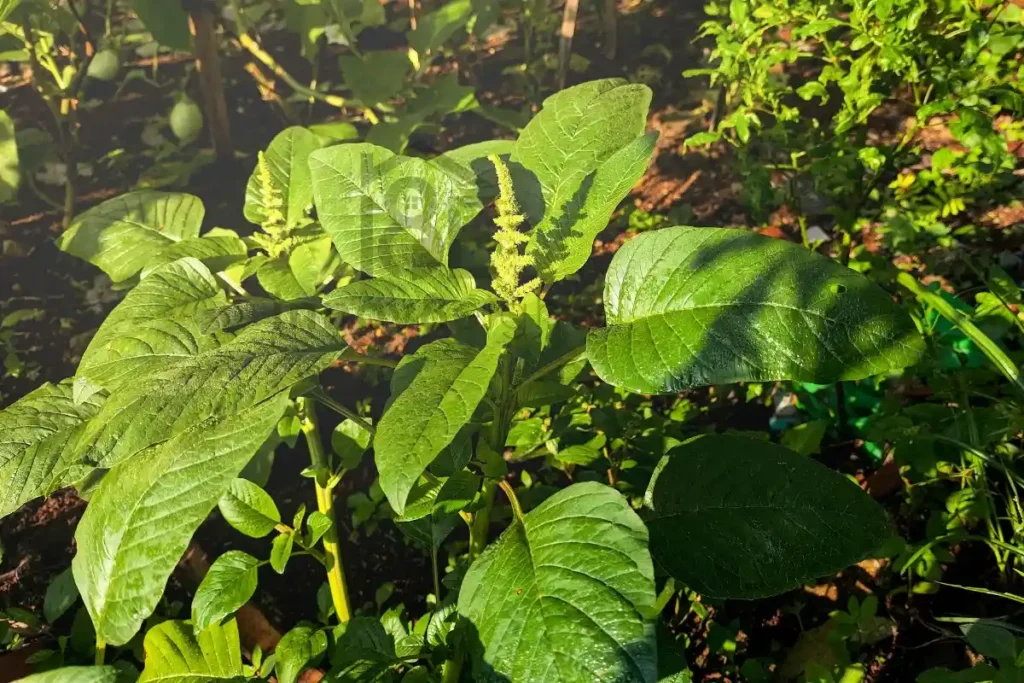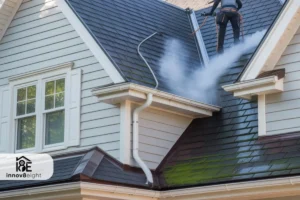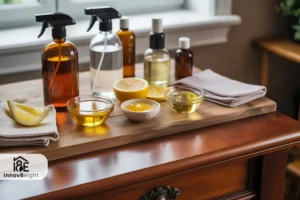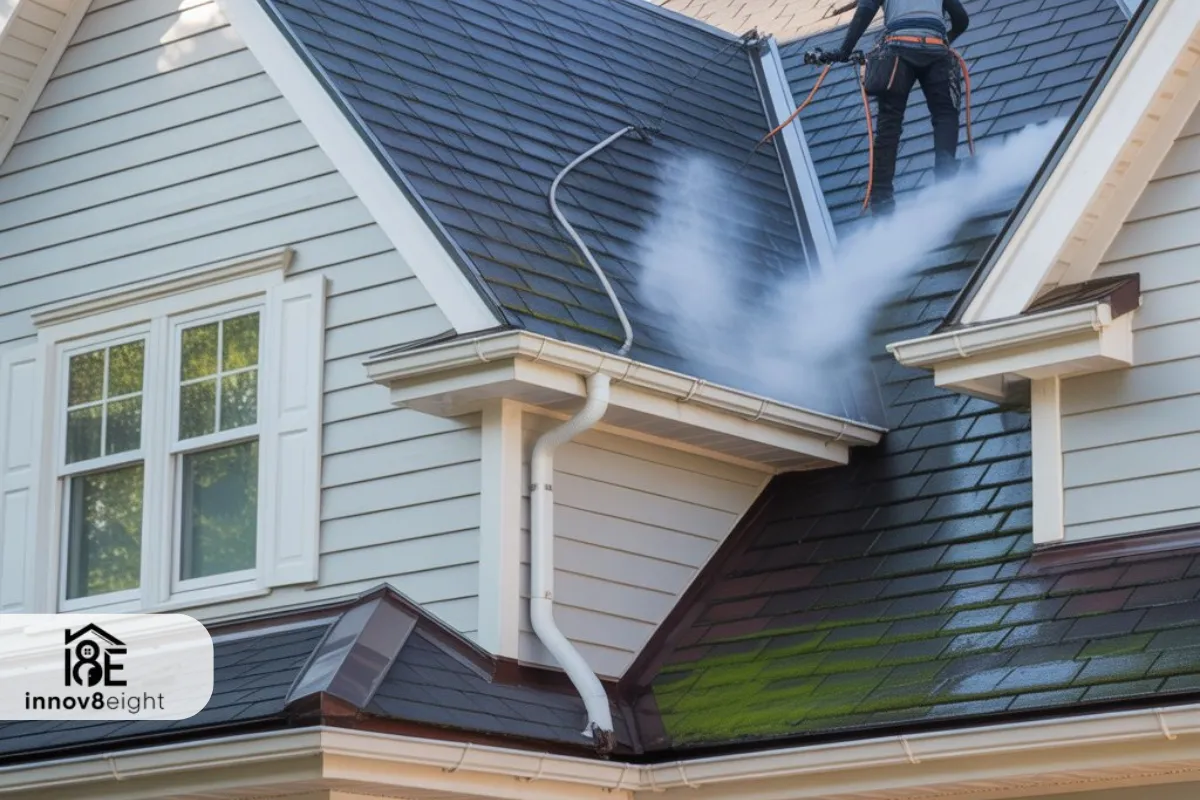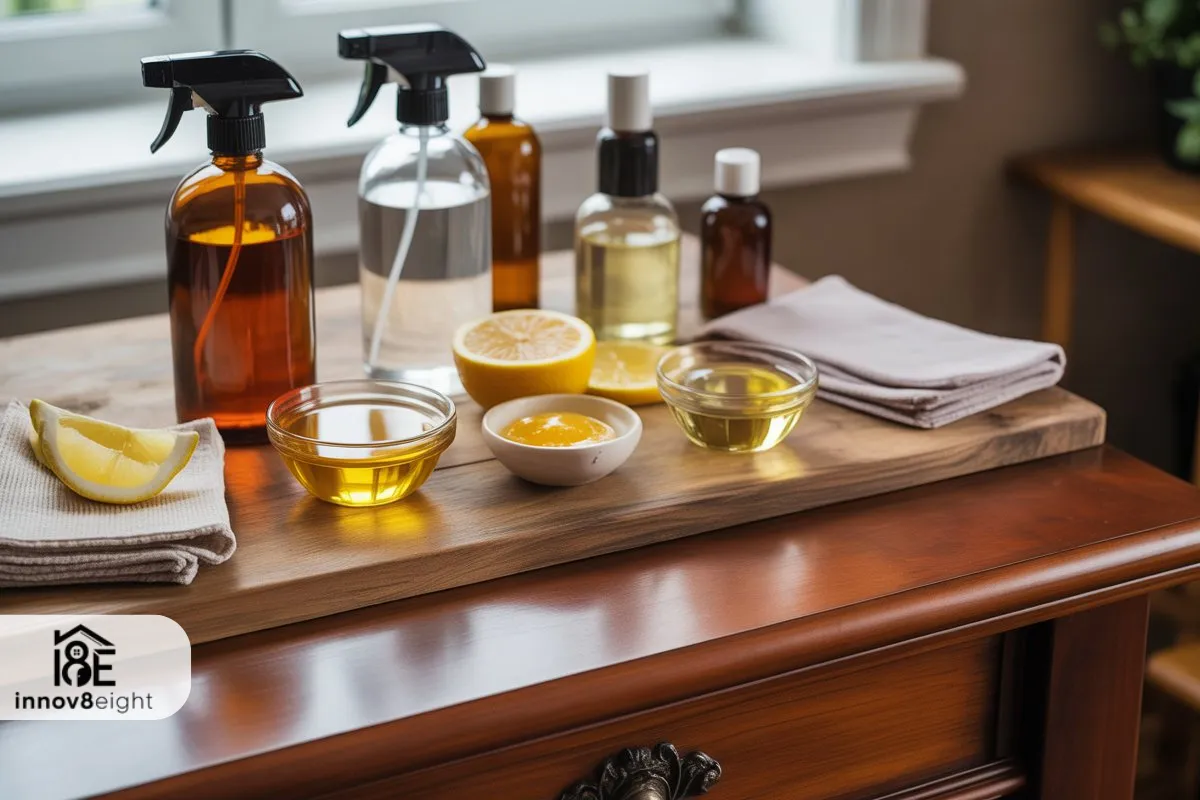Does Cayenne Pepper Hurt Plants?
Have you ever wondered, does cayenne pepper hurt plants? If you’re a gardener in the U.S., this question probably comes up when you’re trying to keep pests away without using harsh chemicals. Cayenne pepper has become a favorite among organic gardeners because it’s natural, affordable & easy to use. But before sprinkling it across your garden, it’s important to understand whether it’s truly safe or if it could harm your plants.
What is Cayenne Pepper & How Does It Work?
Cayenne pepper is a spicy powder made from dried chili peppers. Its main ingredient, capsaicin, is what gives it that fiery kick. While it might make your mouth tingle, it doesn’t usually harm plants when applied properly. Many gardeners use it as a natural pest repellent, helping to keep insects like aphids, snails & even small animals away from their vegetables, flowers & herbs.
Is Cayenne Pepper Safe for Plants?
So, does cayenne pepper hurt plants? The simple answer is usually no, as long as it’s used correctly. The safest method is to sprinkle it around the base of your plants or mix it into a mild spray. Direct contact with leaves, especially in strong sunlight, can sometimes cause minor burns or stress, so it’s best to avoid putting the powder straight on the foliage. Think of it as giving your plants protection, not heat damage!
Tips for Safe Use
- Apply Around the Base: Sprinkle cayenne pepper around the soil near your plants instead of on the leaves.
- Use a Spray: Mix a small amount with water to create a gentle spray that won’t burn your plants.
- Watch the Weather: Heavy rain can wash it away, so reapply when needed.
- Moderation is Key: Too much can irritate the soil & accidentally affect beneficial insects.
Why It’s Worth Using
When used carefully, cayenne pepper is safe for plants & an excellent way to protect your garden naturally. It keeps pests away without the need for chemical pesticides, helping your plants grow strong & healthy.
Understanding Cayenne Pepper
What Makes Cayenne Pepper Special?
Before we dive into how to use it in your garden, it’s important to understand what cayenne pepper is & why gardeners swear by it. Cayenne pepper is made from dried chili peppers & its star ingredient, capsaicin, is what gives it that fiery heat. While it might make your tacos spicy, in your garden, it acts as a natural barrier against pests.
Gardeners often ask, does cayenne pepper hurt plants if I use it on vegetables or flowers? The good news is, when applied correctly, it’s safe for plants. Capsaicin doesn’t harm the roots, stems, or soil, it just discourages critters from nibbling on your plants.
How Cayenne Pepper Works as a Pest Repellent
Cayenne pepper is like a no-entry sign for pests. Insects like aphids, slugs & snails & even small mammals such as rabbits, don’t like the strong scent or spicy taste. Sprinkling it around your plants or making a mild spray keeps these unwanted visitors at bay without harming your plants.
The secret to its effectiveness is careful application. Too much cayenne pepper or direct contact with leaves in the hot sun can stress your plants. So, think of it like seasoning just the right amount keeps everything in balance.
Common Uses in the U.S. Gardens
- Around the Base of Plants: Sprinkling cayenne pepper around soil is one of the easiest ways to protect plants.
- As a Spray: Mix a small amount with water to create a gentle protective spray for plant stems.
- In Combination with Other Natural Methods: Many gardeners combine cayenne pepper with companion planting or neem oil to boost protection.
By understanding how cayenne pepper affects plants, you can confidently use it in your garden without worrying about damage. This knowledge sets the stage for safe & effective application, which we’ll cover in the next section.
Key Takeaway
Cayenne pepper is safe, natural & effective for keeping pests away. The main trick is using it wisely apply it in the right places & amounts & you’ll see your garden thrive while keeping the critters out.
Impact of Cayenne Pepper on Different Plants
Vegetables vs. Flowers vs. Ornamental Plants
When gardeners ask, does cayenne pepper hurt plants, the answer often depends on the type of plant you’re using it on. Vegetables, flowers & ornamental plants all react slightly differently.
- Vegetables: Most vegetables handle cayenne pepper very well. Sprinkling it around the base of tomatoes, peppers, or leafy greens helps keep pests away without affecting growth. Just be careful not to sprinkle it directly on leaves in the hot sun this can sometimes cause minor burns.
- Flowers: Many ornamental flowers are also safe. Marigolds, sunflowers & zinnias tolerate cayenne pepper when applied to soil. However, delicate petals can be sensitive if the powder lands on them, so apply carefully.
- Ornamental Plants & Shrubs: For shrubs & decorative plants, cayenne pepper is generally safe for the roots & soil, but avoid heavy applications near the foliage to prevent stress.
Seedlings & Young Plants
Young plants & seedlings are more sensitive than mature ones. Direct contact with cayenne pepper powder can irritate tender stems & leaves, so it’s better to:
- Sprinkle around the base rather than on leaves.
- Use a diluted cayenne spray for extra protection without risk.
This way, your baby plants stay safe while still enjoying the benefits of natural pest control.
Timing & Environmental Factors
Weather & sun exposure also play a role in how cayenne pepper affects plants:
- Rain: Heavy rainfall can wash away the pepper, reducing its effectiveness. You may need to reapply after rain.
- Sun: Hot, direct sunlight can magnify the effect of cayenne on leaves if it lands on them, potentially causing stress or minor burns.
- Wind: Strong winds can blow the powder away from targeted areas, reducing its protective benefits.
Key Takeaway
Understanding how different plants react helps you use cayenne pepper safely & effectively. Vegetables, flowers & ornamental plants can all benefit from its natural pest-repelling powers when applied thoughtfully. Young seedlings & sensitive plants need extra care & keeping an eye on environmental conditions ensures your garden thrives without harm.
How to Use Cayenne Pepper Safely
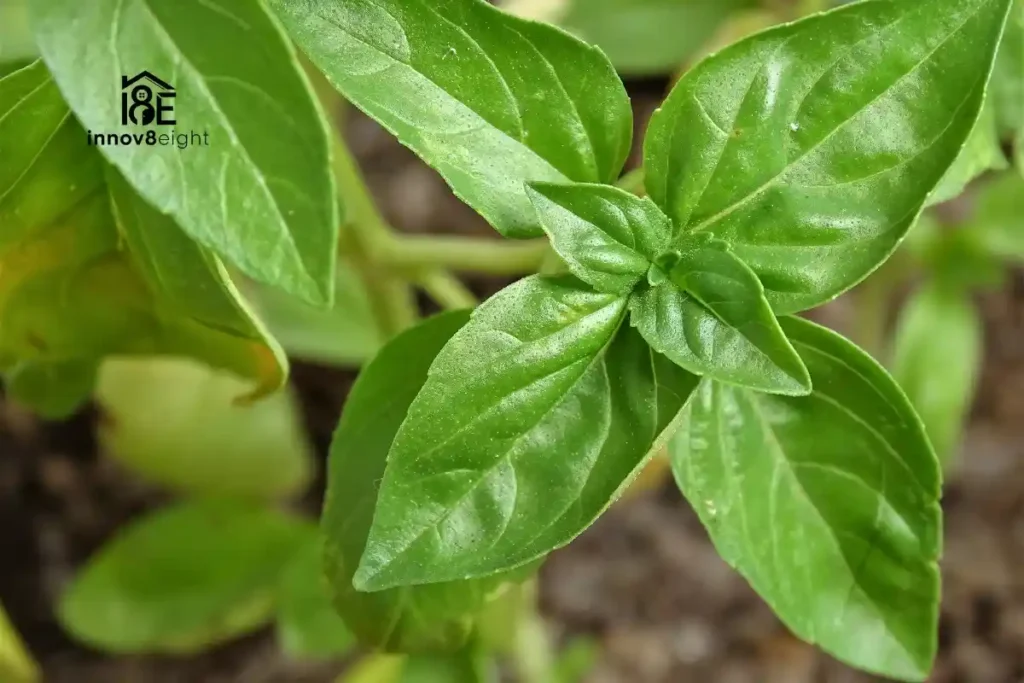
Sprinkle Around the Base
One of the easiest ways to protect your plants while answering the question does cayenne pepper hurt plants is to sprinkle it around the base. Keep the powder near the soil instead of on leaves or stems. This method creates a barrier that pests don’t like to cross, without harming your plants. It’s simple, effective & safe for almost all vegetables, flowers & ornamental plants.
Create a Gentle Spray
If you want more coverage, you can make a cayenne pepper spray:
- Mix 1 teaspoon of cayenne pepper with 1 cup of water.
- Shake well & pour into a spray bottle.
- Lightly mist around the base of your plants or on stems, avoiding delicate leaves.
This approach keeps the capsaicin where it’s needed while minimizing risk to your plants. It’s a fantastic way to protect seedlings & young plants, which are more sensitive to direct contact with powder.
Timing is Everything
Proper timing is key to safe application:
- Apply early in the morning or late in the evening to avoid strong sunlight.
- After rain, reapply the powder or spray since water can wash it away.
- On windy days, use extra caution to prevent the powder from drifting onto nearby plants.
Use Moderate Amounts
When it comes to cayenne pepper & plants, more isn’t always better. Using too much can irritate the soil & accidentally affect beneficial insects, like bees or ladybugs. Stick to small amounts around the base or in a diluted spray & you’ll get maximum protection with minimal risk.
Combine with Other Natural Methods
For gardeners looking for extra protection, combine cayenne pepper with other natural methods:
- Companion planting with pest-repellent flowers like marigolds.
- Neem oil or garlic sprays for additional insect control.
- Mulching to help retain soil moisture & keep pests at bay.
By using cayenne pepper wisely, you answer the common question: does cayenne pepper hurt plants with confidence: it doesn’t when used correctly. Your garden stays healthy, happy & pest-free, all without chemicals.
Potential Hazards
Effects on Beneficial Insects
While gardeners often ask, does cayenne pepper hurt plants, another concern is its effect on helpful insects. Bees, ladybugs & other pollinators can sometimes be irritated if cayenne pepper comes into direct contact with them. To avoid harming these friendly insects, apply cayenne pepper carefully around the base of plants rather than directly on flowers or leaves where pollinators visit.
Risks for Pets & Wildlife
Cayenne pepper is generally safe for plants, but it can irritate pets like dogs & cats, as well as wildlife. Curious animals might accidentally sniff or ingest it, which could cause discomfort. To prevent problems, keep pets & small animals away from treated areas, or consider using physical barriers in addition to the pepper.
Overuse Can Stress Plants
Even though cayenne pepper is natural, using too much can stress plants, especially delicate seedlings. Direct contact with leaves, stems, or sensitive roots may cause minor burns or growth issues. This is why understanding does cayenne pepper hurts plants is essential moderation is key. Stick to small amounts around the base & use diluted sprays for more sensitive plants.
Environmental Factors to Consider
Weather & location can influence safety & effectiveness:
- Rain: Heavy rain can wash away the pepper, which may reduce protection & require reapplication.
- Wind: Wind can blow the powder onto unintended areas, including neighboring plants, walkways, or pets.
- Sunlight: Applying directly on leaves under strong sunlight can cause stress or minor burns.
By considering these factors, you can minimize hazards & still enjoy the benefits of natural pest control.
Key Takeaway
Cayenne pepper is safe for plants when used carefully, but it’s important to remember: moderation matters, keep it away from beneficial insects & pets, and pay attention to environmental conditions. When applied properly, your garden can stay healthy, vibrant & free of unwanted pests all while answering the question does cayenne pepper hurt plants confidently.
Maximizing Effectiveness
Apply at the Right Time
One of the easiest ways to get the most out of cayenne pepper while ensuring your plants stay safe is timing your applications correctly. If you’re wondering, does cayenne pepper hurt plants, the answer depends partly on when you use it. Apply early in the morning or late in the evening when the sun isn’t too strong. This protects your plants from stress while keeping the pepper effective against pests.
Reapply When Necessary
Rain or watering can wash away cayenne pepper, which reduces its pest-repelling power. Check your garden regularly & reapply small amounts around the base when needed. Doing so keeps a constant protective barrier without overwhelming your plants or the soil.
Combine with Other Natural Methods
To make your efforts even more effective, consider pairing cayenne pepper with other natural strategies:
- Companion plants: Flowers like marigolds & herbs such as basil can repel pests.
- Neem oil or garlic sprays: Gentle sprays that work well alongside cayenne pepper.
- Mulching: Helps retain soil moisture & keeps pests at bay.
Using these methods together creates a strong, natural defense system without resorting to chemicals.
Monitor Your Garden
Even though cayenne pepper is safe for plants, it’s important to keep an eye on your garden. Watch for signs of plant stress or unusual insect activity. If you notice issues, adjust the amount or application method accordingly. This simple habit ensures your garden thrives while keeping pests away safely.
Key Takeaway
Maximizing the effectiveness of cayenne pepper is all about timing, careful application & combining methods. By following these tips, you can confidently answer the question: does cayenne pepper hurt plants your plants stay healthy & pests stay away.
Alternatives to Cayenne Pepper
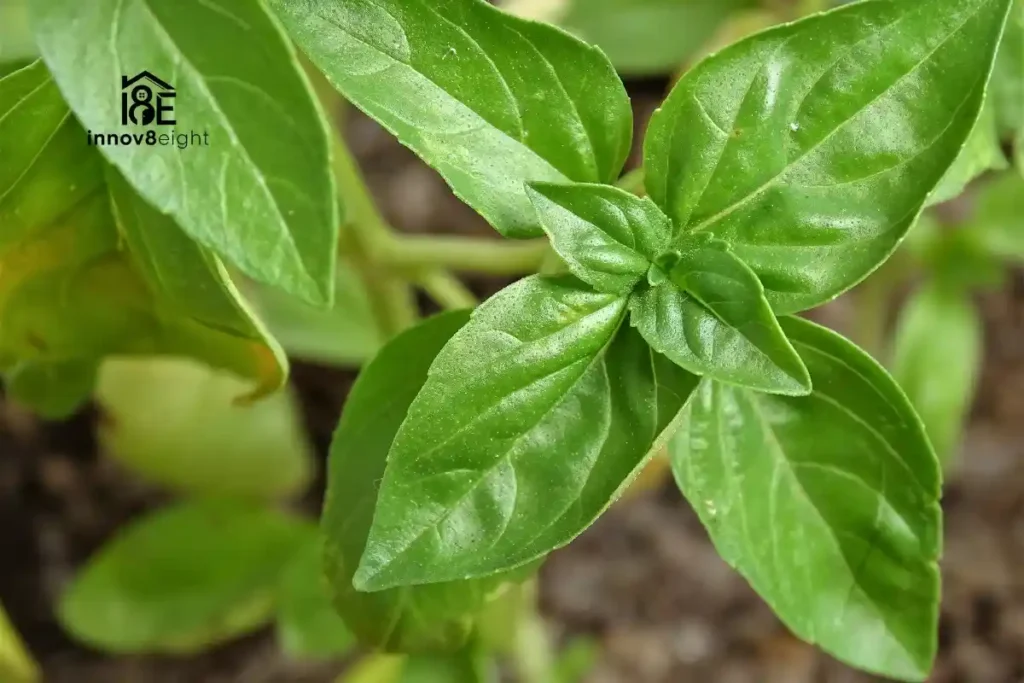
Other Natural Pest Deterrents
Even though cayenne pepper is effective, some gardeners wonder if there are other safe options especially when asking does cayenne pepper hurts plants or if they have sensitive plants or pets. The good news is there are plenty of natural alternatives that can help protect your garden:
- Garlic: Crush a few cloves & sprinkle them around plants or make a mild spray. Garlic’s strong scent deters many insects.
- Neem Oil: A gentle spray that targets pests without harming plants. It’s great for vegetables & ornamental plants alike.
- Essential Oils: Oils like peppermint or rosemary can be mixed with water & sprayed on plants to repel insects.
Companion Planting
Companion planting is another excellent alternative. Planting marigolds, basil, or lavender alongside your vegetables & flowers naturally repels pests while attracting pollinators. This method is completely safe for your plants & can enhance your garden’s health.
Physical Barriers
Sometimes the simplest solution works best. Nets, row covers, or garden fences can physically keep pests away without applying anything to the soil or plants. This is especially useful if you’re concerned about pets or beneficial insects coming into contact with cayenne pepper.
Why Consider Alternatives?
While cayenne pepper is generally safe for plants, some situations call for alternatives:
- Sensitive seedlings or delicate flowers.
- Areas with high rain or wind that can wash away pepper quickly.
- Gardens with pets or wildlife that might be irritated by capsaicin.
Using these alternatives alongside or instead of cayenne pepper ensures your garden thrives safely, keeping pests away while maintaining healthy plants.
Key Takeaway
You don’t have to rely solely on cayenne pepper to protect your garden. By exploring natural alternatives & companion planting, you can answer the question: does cayenne pepper hurt plants with confidence—your plants stay safe & your garden stays pest-free.
Common Mistakes to Avoid
Overusing Cayenne Pepper
One of the biggest mistakes gardeners make is thinking that more is better. When it comes to cayenne pepper, this couldn’t be further from the truth. Overapplying can stress your plants, especially seedlings & delicate flowers. Even though it’s natural, too much capsaicin can irritate the soil & affect beneficial insects. Always use small, controlled amounts around the base of plants or in diluted sprays.
Applying Directly on Leaves
Another common error is sprinkling cayenne pepper directly onto leaves, especially under strong sunlight. This can cause minor burns or leaf stress. If you’ve ever wondered does cayenne pepper hurts plants, this is one of the main reasons plants may show signs of distress. Stick to the soil around the plant or use a gentle spray for more sensitive foliage.
Ignoring Weather Conditions
Some gardeners forget that weather plays a big role in the effectiveness & safety of cayenne pepper:
- Rain: Heavy rain washes it away, reducing its protection.
- Wind: Can blow the powder onto unintended areas or neighboring plants.
- Sun: Direct sunlight on powder-coated leaves can stress plants.
Failing to account for these conditions can lead to unnecessary plant stress or reduced pest protection.
Neglecting Beneficial Insects & Pets
Even though cayenne pepper is safe for most plants, it can irritate bees, ladybugs & pets if they come into direct contact with it. Ignoring this can disrupt pollination or cause discomfort for animals. Always apply pepper thoughtfully to protect your garden ecosystem.
Key Takeaway
By avoiding these common mistakes, you can confidently use cayenne pepper without worrying about harm. Remember: moderation, proper application & environmental awareness are your best friends. This way, you answer the question: does cayenne pepper hurt plants the right way keeping your garden healthy, thriving & pest-free.
Final Thought
Using cayenne pepper in your garden is safe & effective when applied carefully. It keeps pests away, protects your plants & supports a healthy, thriving garden. Remember, moderation & proper application are key; your garden will flourish naturally while staying pest-free!
FAQs
1. Does cayenne pepper hurt plants if sprinkled directly on leaves?
Direct contact on leaves, especially in strong sunlight, can sometimes cause minor stress or burns. It’s safer to sprinkle around the base or use a diluted spray.
2. Can cayenne pepper be used on vegetable plants safely?
Yes! When applied around the soil or in a mild spray, cayenne pepper is safe for most vegetables & helps deter pests naturally.
3. How often should I apply cayenne pepper in my garden?
Reapply after heavy rain or watering. For regular maintenance, sprinkling or spraying every 1–2 weeks works well, depending on pest activity.
4. Is cayenne pepper harmful to pets or beneficial insects?
It can irritate pets & some insects like bees if they come into direct contact. Always apply carefully around the base of plants & avoid flowers or leaves where pollinators visit.
5. Are there alternatives if I don’t want to use cayenne pepper?
Yes! Garlic sprays, neem oil, essential oils, companion planting & physical barriers are all safe & effective alternatives for pest control.

